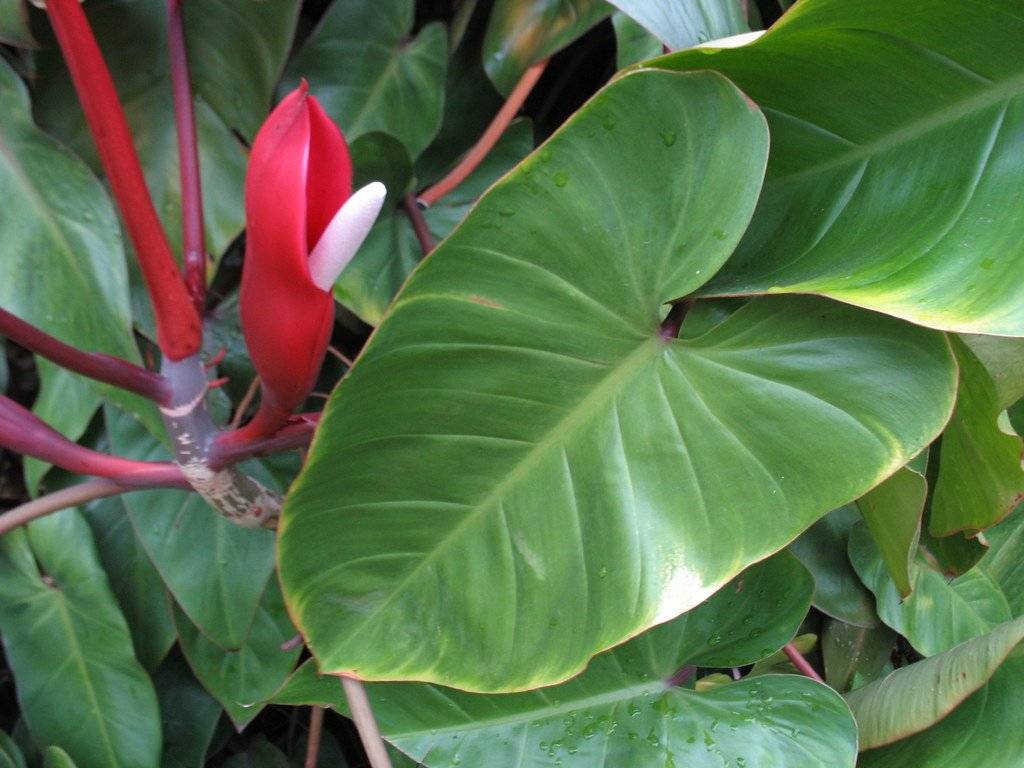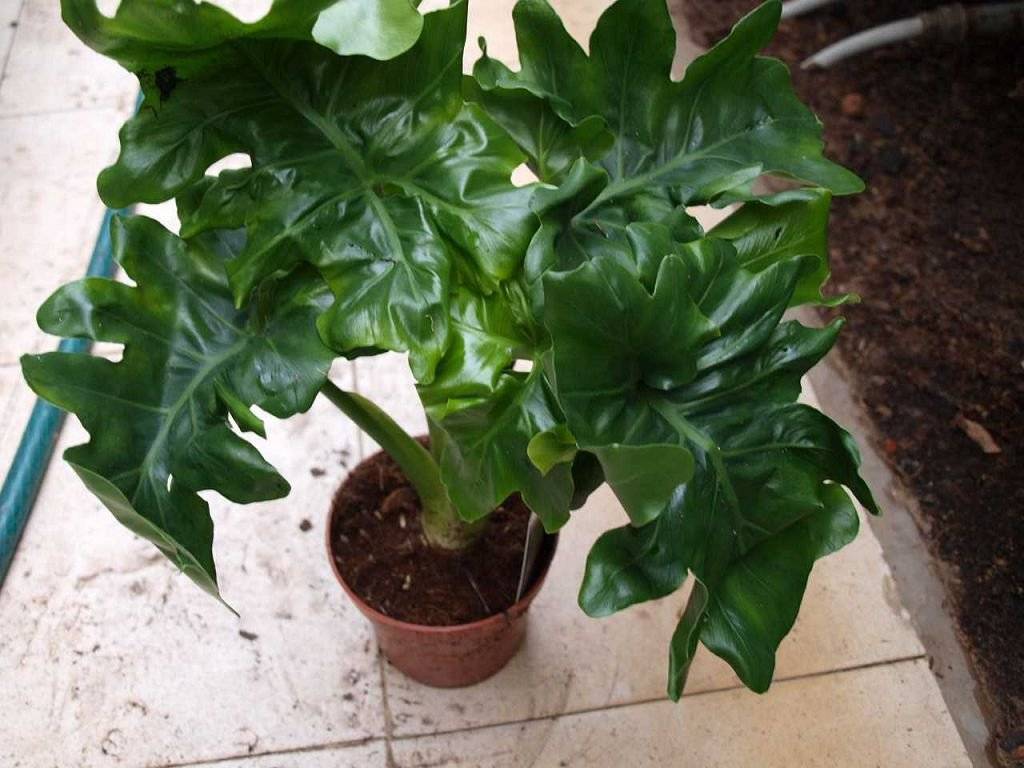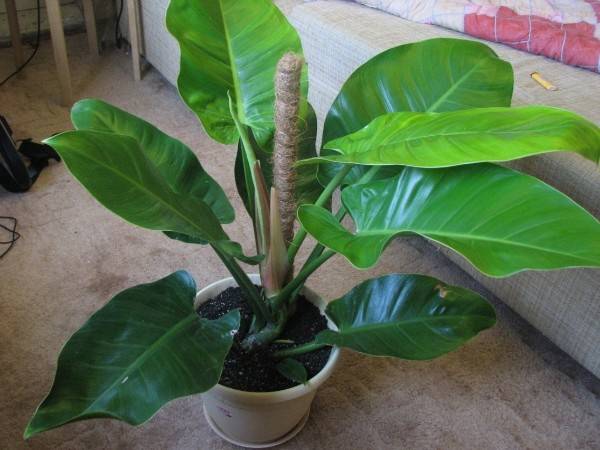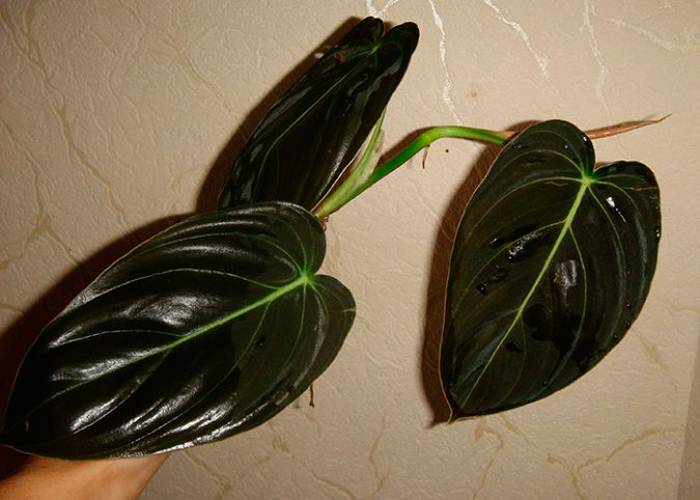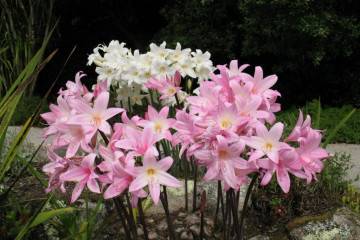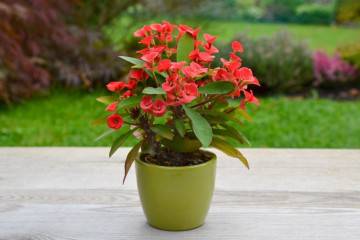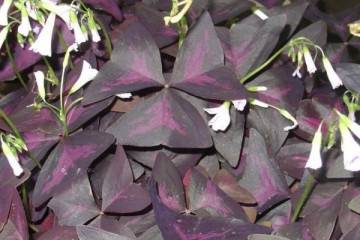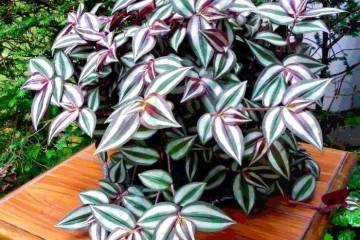Philodendron Flower Imperial Red, Jungle Boogie, Minarum, Lacerum, Imperial Green
Content:
- What is this flower
- Variety of species and varieties
- Skandens
- Atom
- Jellyfish
- Burle Marx variegated
- Cobra
- Imperial Red
- Jungle Boogie
- Philodendron Minarum
- Lacerum
- Philodendron Imperial Green
- Philodendron Red Emerald
- Mediopict
- Silver Queen
- Burgundy
- Philodendron White Wizard
- Philodendron Pink Princess
- Philodendron Tortum
- Philodendron Heart-shaped
- Golden black
- Philodendron Giganteum Variegated
- Philodendron White Knight
- Philodendron Mamey
- Philodendron Cruentum
- Philodendron Andre
- Philodendron Tripartitum
Philodendron is a tropical plant with a wide variety of varieties and species. There are lianas, shrubs, the leaves of which stand out from the rest in shape and color. They change over time, young plants are not at all like adults.
What is this flower
Philodendron is an evergreen plant from the Aroid family. This is an ampelous flower that can effectively divide the space. The main thing is to provide it with support, which is necessary for the aerial roots of the plant.
Description of the plant
The philodendron flower is a liana with large and shiny leaves. They usually have a carved pattern. Leaves can vary in size and shape even in the same plant. They are mostly dark green, but occasionally they are burgundy.
The stems of a tropical flower are powerful, lignified at the base. Sometimes they are so powerful that the plant rises on its own to a great height, it does not need support. In nature, it is a flowering plant. On it cobs appear, as if covered with a pink, red or purple veil.
Natural distribution area
The homeland of the plant is South America, but it lives not only there. It can be found in Australia, in the Pacific Islands.
Evergreen liana feels comfortable in tropical forests, grows on river banks, and comes across in swamps.
Popular varieties
In total, there are more than 900 species of flowering liana.
Among the well-known and very popular are:
- Brilliant. It is a compact vine with small leaves.
- Climbing or creeping. The flower is an epiphyte, often with velvety leaves.
- Warty. The bristles are clearly visible on the petioles, because of which the flower acquired its name.
- Guitar-like. Large leaves up to 50 centimeters long, they have a spear-like shape. They are elongated and have five well-visible lobes.
- Bipinnate or Sello. It is a small tree-like shrub. The leaves are leathery, reminiscent of arrows, reaching 90 centimeters in length.
- Blushing. Petioles and stems are red in color. Blooming it at home is very rare, therefore it is perceived as good luck.
Is the plant suitable for home
The flower is great for home growing. The main thing is to create the necessary conditions for it, reminiscent of the tropical climate of the country of origin. He loves warmth, sun and high humidity.
Variety of species and varieties
The plant is also called leaf tree or friend tree. There are many varieties and types of tropical liana. Among them there are epiphytes, clinging aerial roots to other plants, and semi- and chemiepiphytes.The latter grow from the lowest tier of the forest, where their young leaves are located; the formation of adults begins at a sufficient height.
Special properties
The tropical liana is poisonous, but despite this it can be kept at home. But it is better to put a flowerpot with a flower further away so that children and animals cannot reach it. The juice in the leaves, stem and even roots contains calcium oxalate. When it comes into contact with the mucous membrane, a burning sensation occurs, and edema develops. The main thing is not to drink it or rub your eyes with your hands after interaction. It is not difficult to remove the juice; it is enough to wash it off your hands with a regular detergent.
Florist reviews
Florists appreciate the unusual tropical vine for its unpretentious nature. It is not difficult to take care of it, it is enough to feed, water and spray on time. The main thing is not to overdo it, because the leaves begin to turn yellow from excessive moisture. E
If you want to use a flower as a natural partition that separates the space, you need to provide it with support. In its absence, the leaf plates can change, acquiring not only a different color, but also a shape.
Skandens
The shoots of Philodendron Skandens are long and flexible. Its leaves are small, from 10 to 15 centimeters, green. They are heart-shaped and have an attractive glossy sheen. For a plant to grow and develop, it needs a lot of sunlight.
Atom
The Atom Philodendron variety has a somewhat capricious character. The plant is short and has an unusual leaf shape, they are called five-toed. Their color is bright green, they shine in the sun, their edges are wavy. They do not exceed 30 centimeters in length. Grows rapidly in shade and partial shade.
Jellyfish
Medusa is a variety of Blushing Philodendron. When describing, its distinctive features are highlighted:
- yellow leaf plate;
- red petioles and stems.
For active growth, the flower needs sunlight.
Burle Marx variegated
The flower looks very impressive. The leaves of the philodendron Burle Marx variegated are fleshy, shiny, they combine several shades. They can be yellow-green, almost lemon or very pale with a spotted color.
Cobra
Philodendron Cobra grows both horizontally and vertically. In the latter case, the sheet is up to 25 centimeters long. If it looks like a creeping vine, then the size is slightly smaller. Then the leaves usually do not exceed 13 centimeters. They are elongated and pointed at the end. The color of the leaves of the Philodendron Cobra is dark green, light spots that differ in size are clearly visible.
Imperial Red
The leaves of the Philodendron Imperial Red are dense, glossy, heart-shaped. They have a reddish tint and the younger the plant, the more pronounced it is. The stems of the flower have the same shade. Its adult leaves are gray-green, the plant itself belongs to non-branching vines.
Jungle Boogie
The philodendron Jungle Boogie has oval pointed leaves. They are dark green, dense, with many cuts. The stem is dense, stiff.
Philodendron Minarum
Minarum flowers are small in size, philodendron is popular, it is an indoor representative of tropical plants. Its leaves are bright green, curly or embossed.
Lacerum
The leaves of the philodendron Lacerum are as if divided into sectors by incisions. They are large enough, not too dense and fleshy.
Philodendron Imperial Green
The oval leaves of the variety are distinguished by a glossy sheen.They are bright and juicy, pointed and voluminous. At first they are twisted, gradually straighten with age.
Philodendron Red Emerald
The petioles and stems of this variety are distinguished by a red tint, which is also called wine. The leaves of the Philodendron Red Emerald grow up to 25 centimeters in length.
Mediopict
The shoots of the philodendron Mediopict plant change color in the sun, it seems either dark green or yellow. In an adult representative of the tropical flora, this feature disappears, the tricolor disappears.
Silver Queen
On the dense leaves of the flower, the representative of the philodendrons Silver Queen, veins are not visible. It looks sophisticated and elegant.
Burgundy
Plants of the Burgundy Philodendron variety grow rather slowly. High humidity is important for them, without which the flower withers. Be sure to provide it with diffused sunlight. A dark red color is visible on the plant on the petioles, shoots and leaf plates.
Philodendron White Wizard
The aerial part of the plant is particularly original, it combines three shades:
- yellow;
- white;
- light green.
Philodendrons White Wizard are popular because of their unusual color.
Philodendron Pink Princess
In a young flower, pinkish spots are clearly visible on the leaves and stems. Over time, the color changes, it becomes more uniform.
Philodendron Tortum
The leaves of the Tortum variety resemble a palm tree. They seem to consist of many separate plates. Due to the large slits, the leaves of the philodendron Tortum seem airy.
Philodendron Heart-shaped
The green leaves have a glossy sheen and a heart shape. They are omitted as well as the stem.
Golden black
The golden-black philodendron grows to an impressive size. Refers to the elite representatives of the world of tropical flora. Due to its spectacular appearance, it is popular with flower growers.
The leaves are large enough, can reach a length of 80 centimeters. They resemble a heart in shape, but rather elongated. When young, they are brown with a copper tint. With age, their hue changes, they turn dark green, the bronze color remains. The leaves are velvety to the touch, have light or golden streaks.
Philodendron Giganteum Variegated
White and yellow spots are clearly visible along the perimeter of the flower leaves. It looks quite compact and resembles a water lily.
Philodendron White Knight
A leaf plate of a rich emerald color with light spots. The stem is plastic, curls, grows up to several meters.
Philodendron Mamey
The leaves of the plant resemble burdock, they seem rough and voluminous. There are voluminous white spots on a bright green background.
Philodendron Cruentum
The glossy leaves are green on top and crimson on the back. The flower is small in size.
Philodendron Andre
The leaves are juicy green, light streaks are clearly visible. The stem is very fragile and not plastic at all.
Philodendron Tripartitum
There are three divisions on the leaves, reaching down to the base. The stems of a small shrub emerge directly from the ground.
Philodendron is an evergreen or deciduous flowering plant. In its natural environment, it grows tens of meters and blooms annually. Many varieties and species differ in leaves, their shape and color. The flower also feels comfortable at home and is considered unpretentious, caring for it is not burdensome.

